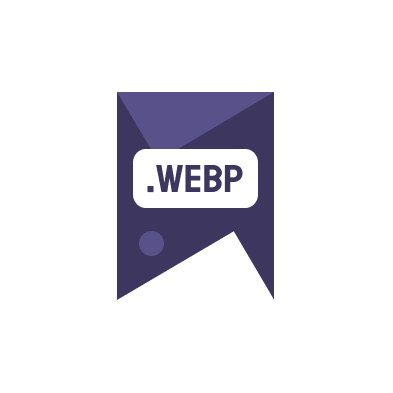Understanding WebP CMS compatibility is crucial for businesses looking to optimize their online presence. In this article, we’ll dive into why some companies are hesitant to allow WebP uploads in their Content Management Systems (CMS) and how this affects their website’s performance and user experience.
The Technology Behind WebP
WebP is an image format developed by Google, designed to create smaller, higher quality images than their JPEG or PNG counterparts. Despite its advantages, some businesses’ CMS platforms still do not support WebP uploads.
Reasons for Lack of WebP Support in CMS
There are several reasons why some CMS systems do not support WebP:
- Compatibility Issues: Older CMS platforms may not have been updated to support the newer WebP format.
- Browser Support: Not all browsers fully support WebP, leading some companies to avoid it to ensure compatibility across all user experiences.
- Cost of Implementation: Updating a CMS to support new formats like WebP can be costly and resource-intensive.
These factors contribute to the slow adoption of WebP in some corporate environments, despite its clear benefits in web performance optimization.
Benefits of WebP Format
Adopting WebP can significantly enhance a website’s loading speed and performance. Some of the key benefits include:
- Smaller File Sizes: WebP images are up to 25-34% smaller than comparable JPEG images, which helps improve page load times and reduces bandwidth usage.
- Improved Quality: WebP supports both lossy and lossless compression, allowing for high-quality images with reduced file sizes.
- Enhanced Features: WebP supports transparency and animation, which can be advantageous for web designers.
Despite these advantages, the hesitation around WebP CMS compatibility remains a significant barrier for many companies.
Solutions and Moving Forward
To address the WebP compatibility issue, companies can:
- Upgrade Their CMS: Businesses should consider upgrading their CMS to one that supports modern image formats, including WebP.
- Use Polyfills: For browsers that do not support WebP, polyfills can be used as a workaround to ensure all users can still access content.
- Advocate for Broader Adoption: Companies can push for broader acceptance and support of WebP through industry advocacy and by adopting the format themselves.
Moving towards broader WebP adoption in CMS could significantly enhance user experience and site performance across the board. For more detailed guidance on SEO and image optimization, consider visiting Google’s SEO Starter Guide.
For businesses looking to convert their images to WebP, tools such as Image to webp online free provide an easy-to-use solution that accommodates this format change seamlessly.
In conclusion, WebP CMS compatibility is an increasingly important feature for companies focused on digital optimization and performance. While there are hurdles to its widespread adoption, the potential benefits make it a worthwhile investment for future-focused businesses.

